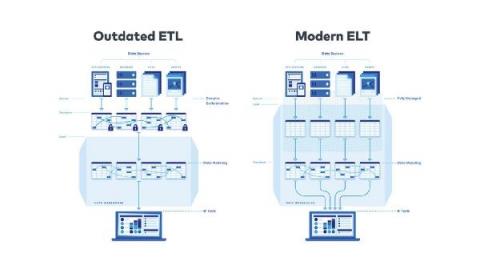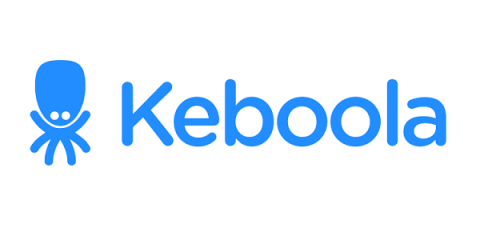Talend vs. MuleSoft vs. Xplenty: Which One Does ETL Better?
The key differences between Talend, MuleSoft, and Xplenty: Enterprise data volumes are increasing by 63 percent per month, according to a recent study. Twenty percent of organizations draw from 1,000 or more data sources. How do these companies extract and move all this data to a centralized destination for business analytics? As we know, Extract, Transform, and Load (ETL) streamlines this entire process. But smaller organizations lack the coding skills required for successful implementation.






